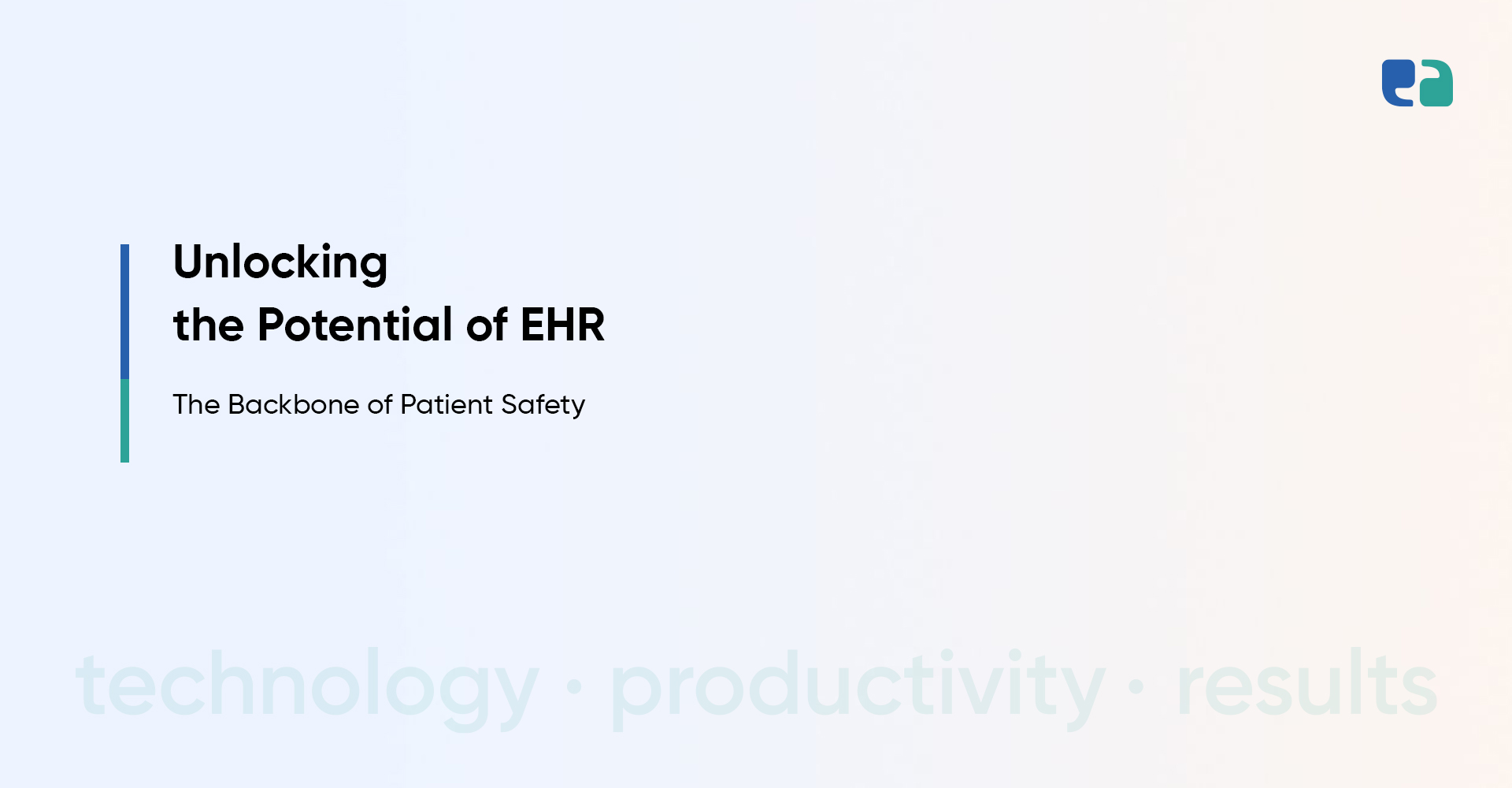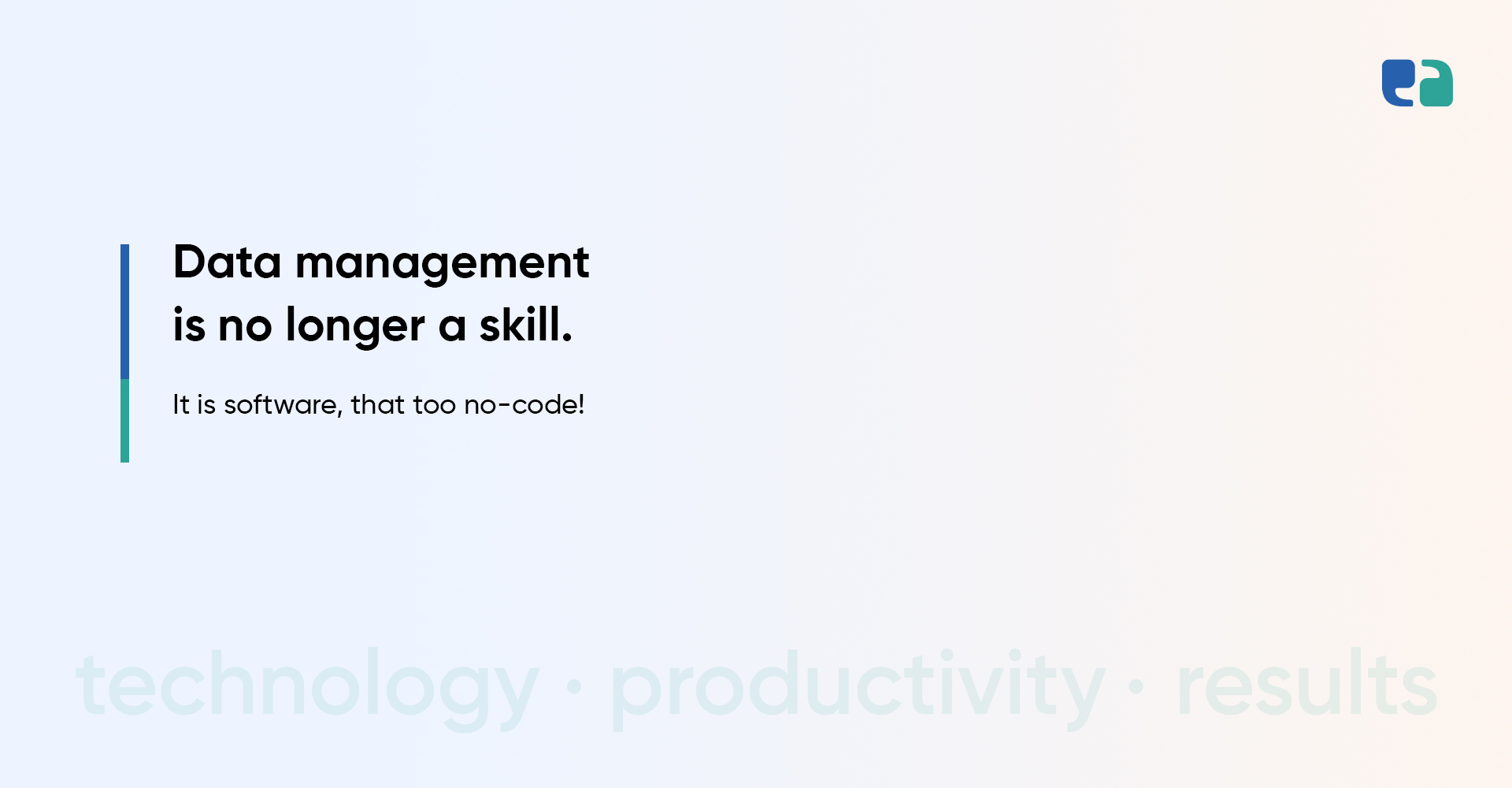Today, electronic health records (EHR) have transformed the way healthcare providers manage patient information.
The transition from paper-based systems to electronic records has brought numerous benefits, including
- Improved efficiency
- Accessibility of patient data
However, ensuring patient safety is paramount in healthcare, and it is essential to understand the intricate relationship between EHR systems and patient safety.
The Role of EHR in Enhancing Patient Safety
Electronic health records have revolutionized the healthcare industry by offering several advantages that contribute to patient safety:
Ways EHRs and Patient Safety are Interconnected
According to healthIt.gov, only 42% of office-based physicians used EHRs in 2008, but by 2017, it jumped to nearly 86%.
Currently, it is much higher.
Certified EHRs have the potential to improve patient safety if used effectively.
Strategies for Optimizing EHR and Ensuring Patient Safety
To maximize the benefits of EHR systems and promote patient safety, healthcare organizations can implement the following strategies:

Electronic Health Records and Patient Safety are Interrelated. Is your EHR in Sync with Patient Portals?
EHRs can help patients to become active participants in their healthcare journey.
It even allows the patients in understanding their medical history better while integrating the latest technology and services to ensure patient safety.
If you want to integrate your EHR with the latest technology or upgrade its feature set of it, you have landed on the right page.
We’re a healthcare IT company with a working experience of 8+ years in the healthcare domain.
Our team of healthcare app developers, UI/UX designers, business analysts, and compliance specialists are some of the sharpest brains when it comes to healthcare IT.
Leave your upgradation or integration stress to us by filling out the form below.



